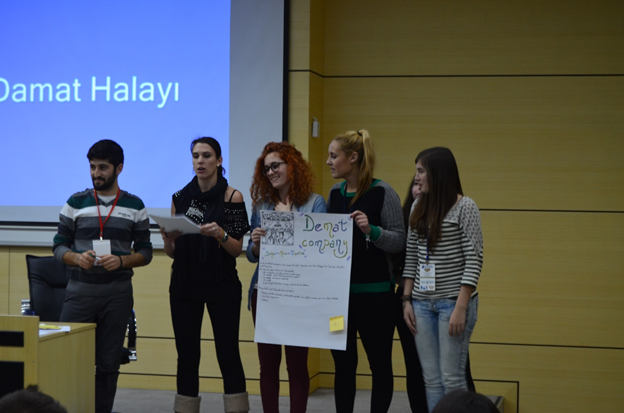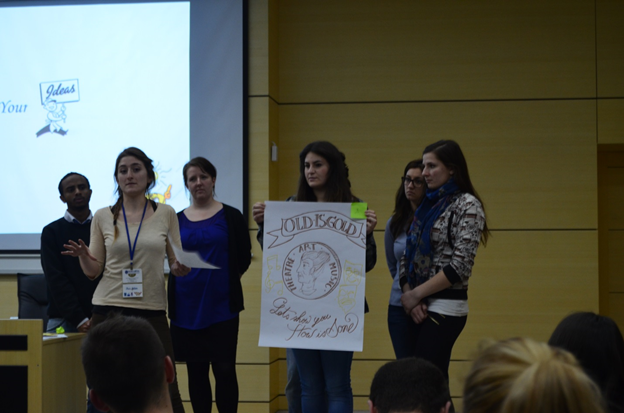Portugal
Problem-Based Learning and creativity on behalf and beyond entrepreneurship
The problem-based learning begins with the identification of the problem / necessity, drives to the idea, through creativity, to solve the problem and ends with the implementation of the solution/ idea. Being able to look around and identify a problem or a necessity is an ability that can be trained, and an observation skills that improves with practice. To continue this learning process, the creative thinking methods are essential to help to innovate and think about things in different perspectives. In this way it’s possible to achieve a more cohesive idea / solution and the probabilities of success improve. In spite that in the majority of the situations entrepreneurship is linked to a business perspective, and that we may use successfully several business techniques to help to develop the reasoning process and plan the operational action, through the strategic and operational plans.
Entrepreneurship is all about the ability of being able to have an idea or dream and put into action is a competence that relies on a problem-based learning process. An entrepreneur may not have innate characteristics, he can be taught to be able to do, to go from dreams to reality. To become an entrepreneur is also a process that can be learned. So, it’s possible to develop this competence in very early years through education as its shown in the Portuguese example of the methodology presented in the project “Having ideas to change the world” implemented in the Alice Nabeiro Educative Centre.
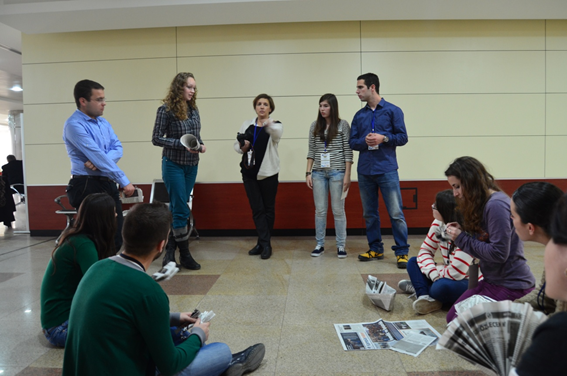
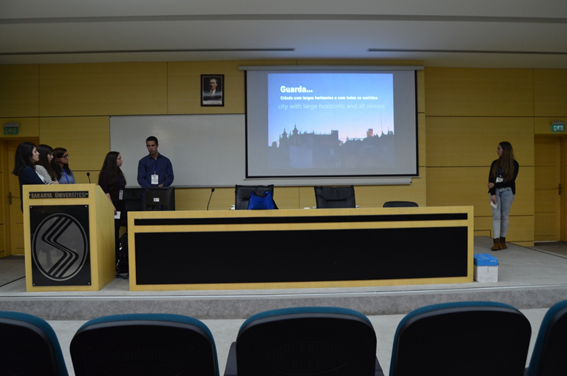
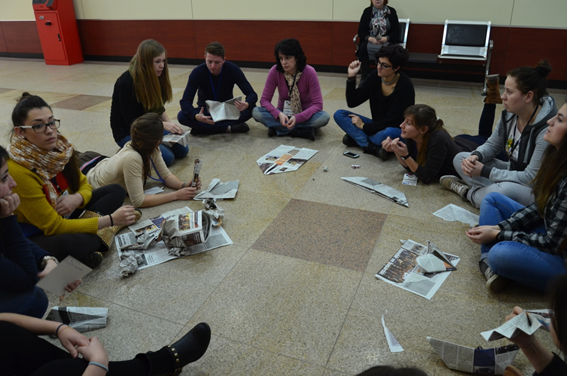
CZECH LECTURE
Wednesday afternoon belonged to us – to the Czech group and there were various expectation of all of the project’s members about that presentation, because our Czech group represents especially Special Education.
Our topic introduced CREATIVITY from a different point of view and so the presentation was named The Creativity of special educators + Inclusion.
First of all, the lecturer asked all the participants to think about people with special needs and their specific roles in today’s society. It is not such an easy question, especially if you are really try to be honest and realistic. Thus, the first part mainly dealt with all types of special needs, their definitions and so on. Students were aquinted with the issues of mental and physical disabilities, hearing and visual impairments, we talked about the problems in communication (stuttering, mutism, etc.) and of course we presented also consequences of every single disability. We tried to make better opportunities for understanding unique situations of people with special needs and that is why we show various compensatory aids, possible jobs or suitable activities as well. Second of all, it was very interesting to discuss the topic of inclusion (this topic was based on PdF_2011_005). As everybody knows INCLUSION is a term used everywhere around the world but not always in correct way. Our task was to make it clearer and I hope we did it. Participants saw the differences between inclusion, integration and exclusion and then in following time we were discussing several questions related to this inclusive afternoon. The most interesting thing was to listen to every opinions of each of the countries, because of their differencies. For instance, the attitudes of Portugal are very nice and they look like they are very positive about this issue, while the speaker of Denmark mentined also economical problems which are supposed to be solved by closing of the special schools as in other countries.
The second part of our program consisted of practical part – workshop which aimed to create Individual educational plan for people with special needs. Participants were divided into 8 groups and each of them got card with description of person with special needs. Their task was to discuss in group procuration, adjustments and special aids which need to be used during the work and in the life of this client. The task for each group was to think about this problem and according to indicated hints try to suggest appropriate procedure. The discussion took about 25 minutes. After that one person from each group was chosen to present their ideas. Unfortunately, there wasn´t enough time left to develop discussion and comment on participants´ ideas because for sure there would be interesting points on which we could have different opinion. Nevertheless, in general we were pleasantly surprised by the diversity and creativity of all participants and also by their social feeling.
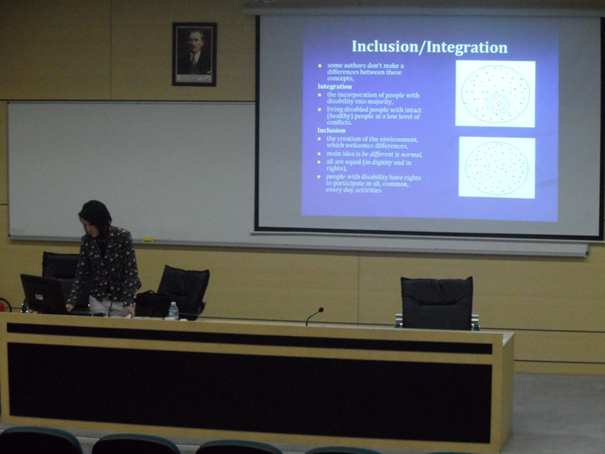
ROMANIAN WORKSHOP
The workshop has had two parts: in the first part there has been a brief presentation about the country; the second part was the workshop itself, entitled Could we be entrepreneurs and artists at the same time? The working team was: Moș Irina Cornelia, Kormendi Gyula, Cadar Eniko, Belenyi Kinga Imola. The aim of the workshop was to combine creativity to entrepreneurial skills, therefore the students has been asked to set up a company in the field of arts, thinking to the following: choose a proper name for the company, logo and slogan, human and financial resources need in order the company to work properly and ways to promote it. The students were asked to work on groups, so that 6 groups were formed each having its own leader. In the end two awards have been given: the best entrepreneurial idea and the most charismatic leader. The workshop has been presented by PhD. student Anamaria Giurău.
